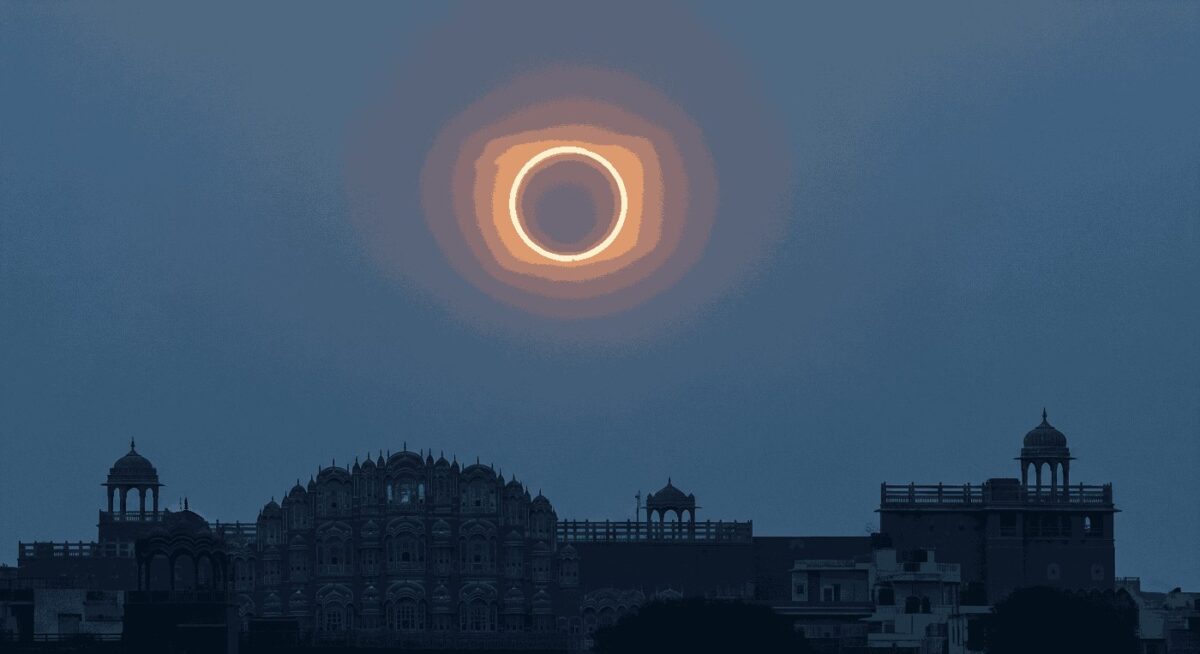Solar Eclipse September 2025: Rare Celestial Event Draws Global Attention
A rare Solar Eclipse September 2025 is set to captivate millions across the world this month, with both scientists and skywatchers preparing for one of the most anticipated astronomical events of the year. Known as a Surya Grahan in India, the eclipse will be visible across parts of Asia, North America, and Europe, with maximum visibility expected on September 20–21, 2025, depending on time zones.
Astronomers note that this eclipse will be a partial solar eclipse in several regions, while select areas may witness an annular “ring of fire” eclipse, creating breathtaking visuals in the sky.
Where and When to Watch the Solar Eclipse
According to the U.S. space agency NASA and India’s Positional Astronomy Centre (PAC):
- India: Most parts of northern and eastern India will experience a partial eclipse, with peak visibility in states like Uttar Pradesh, Bihar, and West Bengal.
- United States: Large parts of the U.S. Midwest and East Coast will be able to observe the eclipse around local afternoon hours.
- Europe: Viewers in Spain, France, and Germany will see the eclipse at sunrise or near midday, depending on location.
- Middle East & Africa: Limited visibility with partial phases observed at sunset.
The duration of the eclipse will range from 2 to 4 minutes depending on the viewing location.
Safety Guidelines for Viewing
Experts warn that directly looking at the sun during the eclipse is unsafe without proper eye protection. The Indian Space Research Organisation (ISRO) and NASA recommend:
- Using certified eclipse glasses or solar filters.
- Avoiding regular sunglasses, which do not block harmful rays.
- Watching via live-streamed feeds provided by observatories and space agencies for those outside the visibility zone.
Why the Solar Eclipse September 2025 Matters
Solar eclipses have long fascinated humanity, blending scientific significance with cultural traditions. In India, the Surya Grahan is often observed with religious rituals, temple closures, and fasting.
Scientists, meanwhile, will use the event to study:
- Solar corona activity.
- Impact on Earth’s ionosphere.
- Behavioral changes in animals and human circadian rhythms.
Dr. Priya Natarajan, an astrophysicist at Yale University, said:
“Events like the Solar Eclipse September 2025 are not only visually stunning but also provide a laboratory for scientists to study solar radiation and magnetic field interactions.”
Global Anticipation and Social Media Buzz
Social platforms such as X (formerly Twitter), Instagram, and TikTok are already trending with hashtags like #SolarEclipse2025 and #SuryaGrahan, with millions sharing tips, memes, and cultural beliefs tied to the rare occurrence.
Travel agencies in India and the U.S. are reporting “eclipse tourism” bookings, as enthusiasts plan trips to regions with maximum visibility.
Conclusion
The Solar Eclipse September 2025 is set to be a defining celestial moment of the year, combining astronomical discovery, cultural significance, and viral public interest. Whether viewed in person with proper safety gear or streamed online, the event will bring the world together under one sky — if only for a few minutes.
FAQs
The Surya Grahan will be visible in northern and eastern India on September 20–21, 2025, depending on time zone.
No. Direct viewing can damage eyesight. Use certified eclipse glasses or solar filters.
Parts of the U.S., Spain, and North Africa may experience the annular “ring of fire” eclipse, while others will see a partial eclipse.









